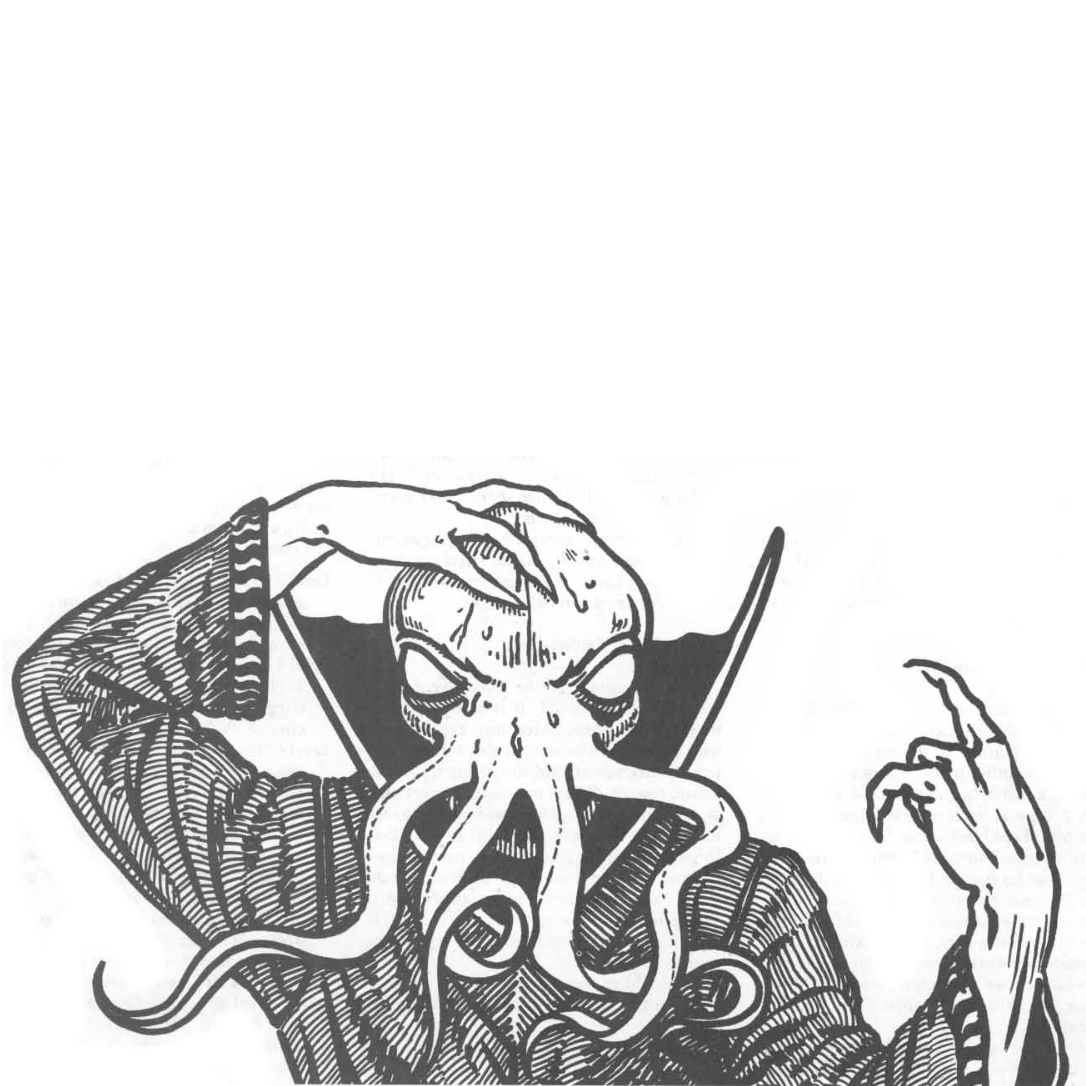I would like to talk a little bit, and hear your opinions, on something not too often mentioned when discussing action resolution mechanics and processes in tabletop roleplaying games. That is when during the process you do the roll. The endpoints on that spectrum can be called Go then Roll and Roll then Go. At their extremes
-
Go then Roll is declaring your action (I attack, I investigate etc) followed by a roll to see how well you did that action. Example: I attack the ogre - roll d20+mod vs AC - on hit do d6 damage.
-
Roll then Go often begins by declaring how you intend to tackle the obstacle (with finesse, by being offensive) followed by a roll and once you have the result of the roll you choose what is actually accomplished. Sometimes you even at this stage you say what your character actually does. Example: I directly engage the ogre with violence - roll [something] and count successes - spend successes on things in the scene such as dealing damage.
As with many other things my preference lies in the middle, a bit skewed towards Go then Roll. Most of my preferred systems lie there, Genesys and many (most?) PbtA to mention some. As I player I find myself more involved in my character’s actions and for longer. Less of a do stuff - roll - get result - hand over spotlight. It is a greater invitation to get engaged in the narrative. When GM-ing it is a bit the same, and more. Apart from dragging the players kicking and screaming into narrative responsibility (slight exaggeration) it is very insightful what the players/characters do after they have done their primary thing. After dealing damage do they got out of danger? Take the foe’s attention giving their mates space to recover? It just give me so much more.
Genesys does this by not only having success/fail in it’s roll resolution by also advantage/disadvantage. Adv/disadv can then be spent on activating abilities or changing (minor) things in the scene to mention a few options. Many PbtA have on some (many) moves “on hit choose one, on strong hit choose two” when when looking at what happens after the roll. Actually the PbtAs does this really well by presenting the result options in the same visual space as the roll mechanics, on the same move card. Visual design is game design.
Interested in hearing experiences, insights and opinions.


I think the best piece of advice I’ve seen about that particular situation, is to see what the player says (the exact words, tone, etc they use) as what their character wants to say, or what they are saying in their mind, but then the roll determines what is happening in reality.
Maybe your discourse that you were insecure about actually stroke a nerve and performs unexpectedly well at convincing the target. Or maybe what you think is the perfect speech is falling completely flat because the tone is way off, or you are sluttering, or you are too close or too far from the other person in an upsetting way. Just like in real life: who hasn’t had a joke we find hilarious in our mind be met with an uncomfortable silence and a quick change of topic? although that might be just me.
What I find it usually works best as a GM is to look at how the player describes their dialogue and if it’s something outstanding, or something absurd, adjust the difficulty (slightly, so the stats stay the most important factor) accordingly. It’s actually the same thing I would do when the players describe a battle tactic during combat, so it’s not exclusive to social encounters.